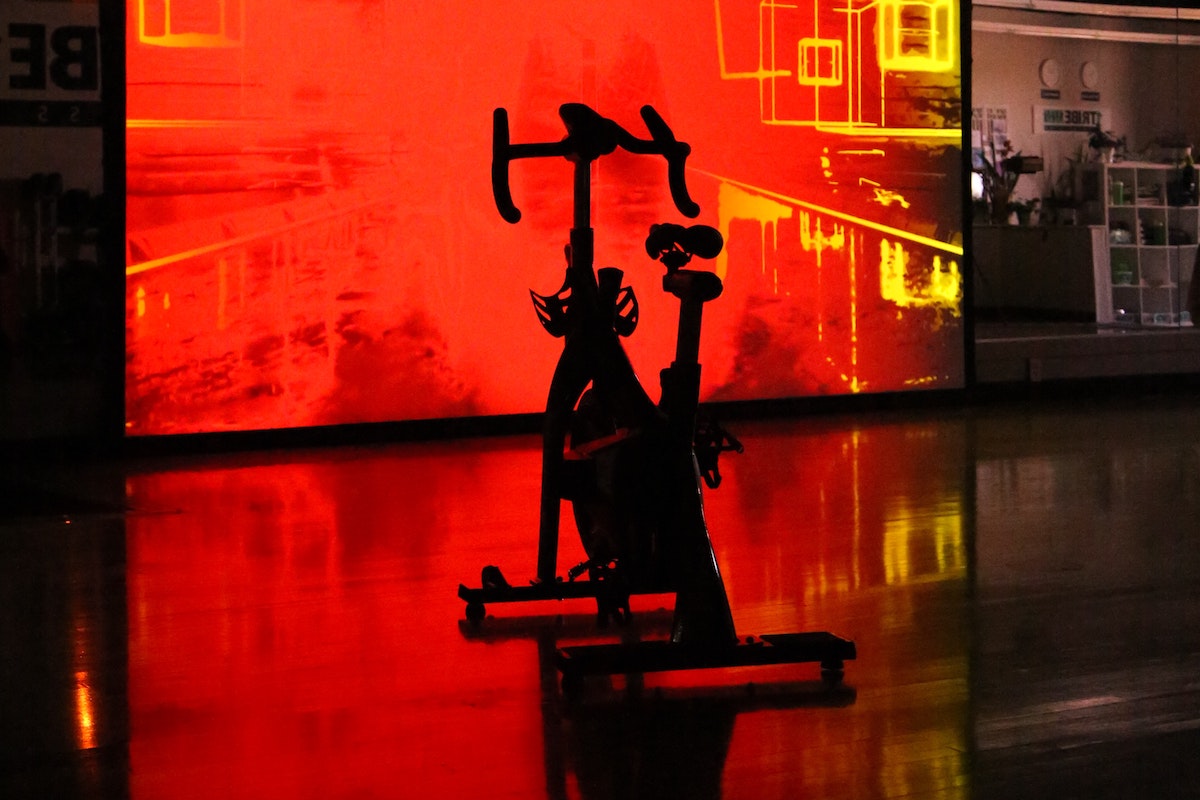In general, exercise has numerous benefits for an individual’s health, including weight loss and the reduced risk of certain diseases. As a trainer, I encourage my clients to aim for at least 30 minutes of movement daily. One favorite among them is the exercise bike. It is easy to use, you can do a cycling workout in the gym or at home, and it’s a great form of cardio.
There are various types of bikes, including spin bikes and recumbent bikes, and it can depend on the person as to which type is right for you. If you’re looking to drop a few pounds and are a fan of cycling, keep reading to answer the question: “How many calories do you burn on an exercise bike?”
Factors that affect how many calories you burn on an exercise bike
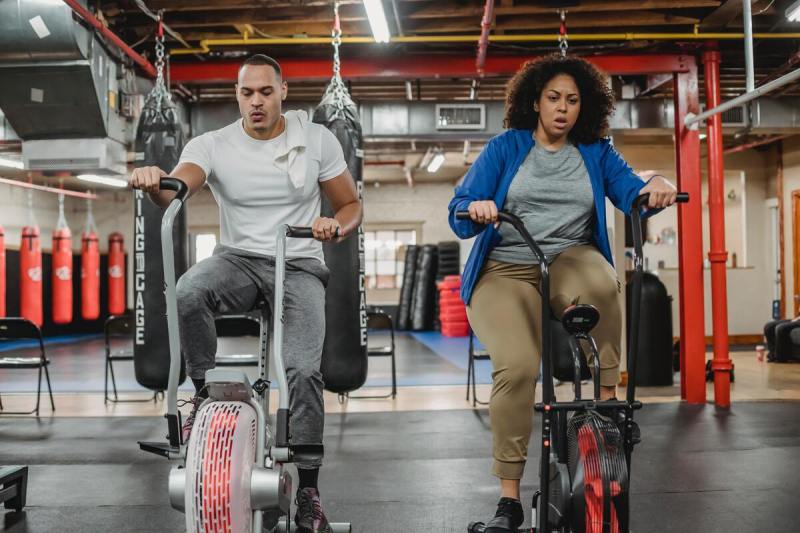
Unfortunately, there’s not an easy answer or simple formula you can use to determine exactly how many calories you burn on an exercise bike. Numerous factors impact the actual number of calories burned in an exercise bike workout. Taking these factors into consideration can help you get a more accurate estimation of your actual energy expenditure. The primary factors that impact the number of calories you burn riding an exercise bike include the following:
Body size
The more you weigh, the more calories you’ll burn per minute riding an exercise bike. Additionally, because muscle is more metabolically active than fat tissue, if you have less body fat and a more muscular build, you’ll burn more calories. Men tend to burn more calories during exercise than women for this reason, even when matched in body weight, as men have a higher percentage of lean body mass compared to women.
Type of exercise bike
In general, you’ll burn more calories on an indoor cycle or spin bike than a stationary bike, particularly a recumbent bike, because muscle activation is greater on spin bikes. Recumbent bikes have a chair seat that supports your trunk, so only your legs are involved.
Compared to upright stationary bikes, spin bikes are tilted forward more aggressively, so they also recruit your shoulders, arms, and core. You can also stand up on a spin bike, which turns the movement into a total-body exercise and significantly ramps up the caloric expenditure.
Intensity of your workout
One of the key determinants of the number of calories burned on an exercise bike is the intensity at which you work out. Increasing the resistance and cadence (pedaling speed) increases the wattage or energy output required to ride the exercise bike.
It should come as no surprise that you’ll burn more calories when you dial up the resistance level and pedal harder and faster. Tackling high-intensity intervals and standing up on an indoor cycle for climbs also boosts the number of calories you’ll burn in the workout.
Duration of your workout
Of course, the longer your workout, the more calories you’ll burn, provided the intensity is the same. That said, a short, high-intensity workout on an exercise bike can potentially burn more calories than a long, easy aerobic workout, depending on the intensity and duration.
Is a stationary bike a good way to lose weight?
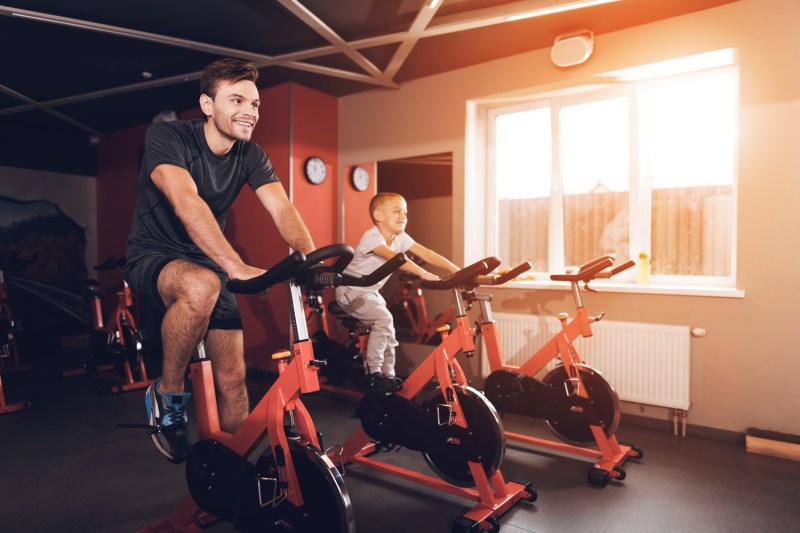
Almost any form of exercise can support weight loss when combined with a healthy, calorie-controlled diet. The more calories you burn, the greater the caloric deficit you create, and a caloric deficit of approximately 3,500 calories results in one pound of fat loss.
Exercise bike workouts can help you lose weight in two ways: the workout itself burns calories, and if you’re able to build muscle in your legs, you can increase your metabolic rate, which helps you burn more calories even at rest.
Keep in mind that the best way to lose weight with your exercise bike workouts is to push the intensity and throw in hard intervals. Riding at an easy to moderate aerobic pace will burn calories and burn fat, but really ramping up the effort and dialing up the resistance and cadence is a more efficient way to torch calories and stroke your metabolism even after the workout is over.
How many calories do you burn on an exercise bike for 30 minutes?
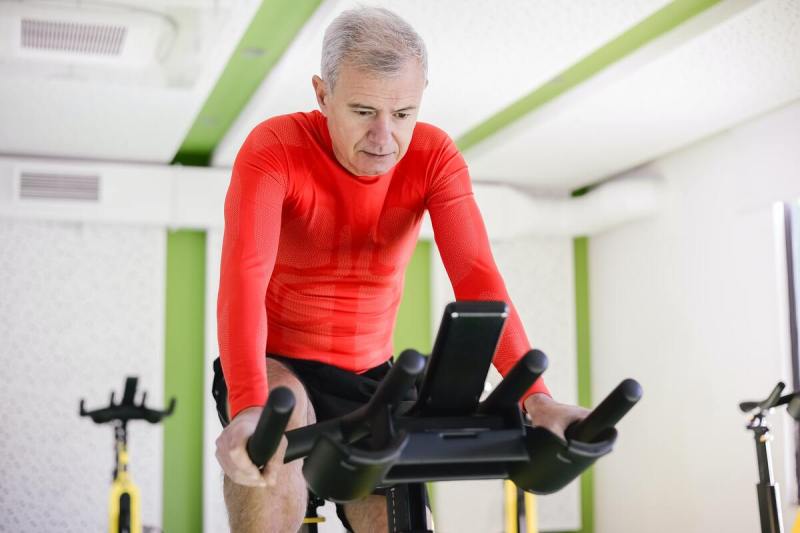
The number of calories you’ll burn on an exercise bike per minute depends on the intensity of your workout and your weight. Though it’s pretty difficult to make specific predictions for calories burned biking indoors, Harvard Health Publishing reports that 30 minutes of moderate-intensity stationary biking burns about 210 calories for a 125-pound person, 252 calories for a 155-pound person, and 292 calories for a 185-pound person.
A 30-minute vigorous stationary bike workout burns approximately 315 calories for a 125-pound person, 378 calories for a 155-pound person, and 441 calories for a 185-pound person. If you weigh more than that, you’ll burn even more calories.
How many calories do 20 minutes on an exercise bike burn?
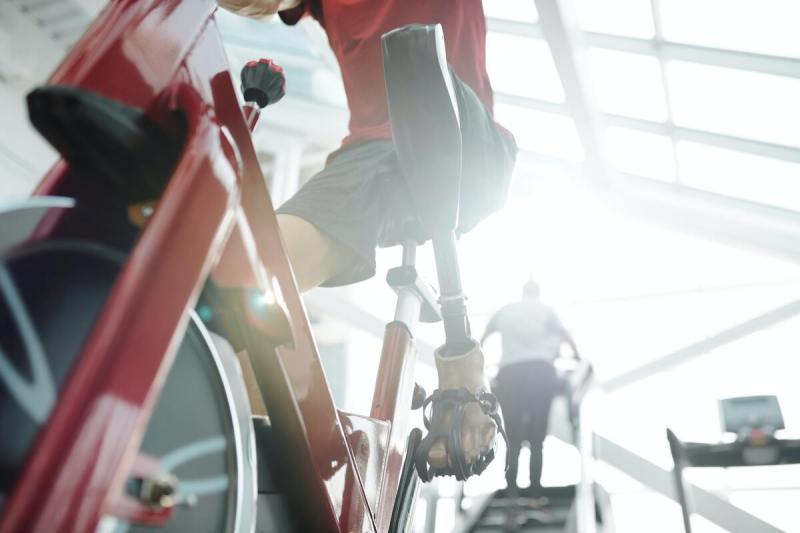
We don’t always have a full 30 minutes to exercise, but even 20 minutes on an exercise bike can burn a decent number of calories. Riding an exercise bike at a moderate intensity burns about 140 calories for a 125-pound person, 166 calories for a 155-pound person, and 193 calories for a 185-pound person. A 20-minute vigorous stationary bike workout burns approximately 208 calories for a 125-pound person, 250 calories for a 155-pound person, and 291 calories for a 185-pound person.
Do you burn more calories riding a stationary bike or walking?

In general, most people burn more calories riding an exercise bike than walking. For example, 30 minutes of walking at a moderate pace of 3.5 miles per hour (17 minutes per mile) burns about half the number of calories of riding a stationary bike at a moderate intensity (107 calories for a 125-pound person walking versus 210 on an exercise bike, 133 calories for a 155-pound person walking versus 252 on an exercise bike, and 159 calories for a 185-pound person versus 292 on an exercise bike).
Tips to burn more calories on an exercise bike
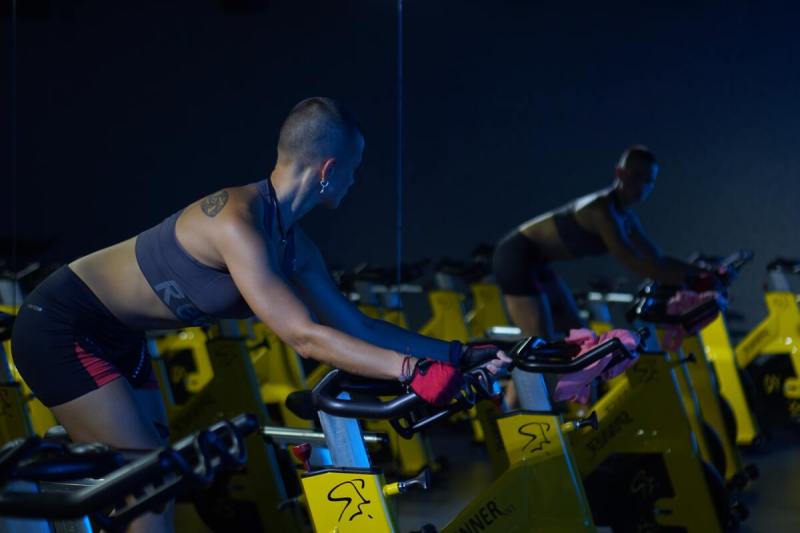
If you’re looking to increase the number of calories burned on an exercise, consider trying the following:
- Try HIIT: High-intensity interval training will torch more calories and rev your metabolism, which is termed excess post-oxygen consumption (EPOC). Pedal faster and harder and against more resistance.
- Stand up: If you’re riding a spin bike, stand up on the pedals for sprint intervals. You’ll use more muscles and feel your heart racing.
- Use a heart rate monitor: Heart rate training can help you be more precise and scientific with your workouts. Getting into higher heart rate zones will help you burn more calories.
- Work your muscles: Resistance is key. You want your muscles to be challenged. Building muscle will help you burn more calories and get stronger and more powerful for even harder workouts.
How much are indoor exercise bikes?

Prices run the gamut when it comes to indoor exercise bikes. They can range from under $100 to over $2,000, depending on the features and brand. Here’s a general breakdown of prices:
- Under $300: These options are typically basic bikes with friction or magnetic resistance, limited adjustability, and no fancy bells and whistles. They’re a good choice for occasional use or if you’re on a tight budget.
- $300 to $600: This is where you’ll find more bike features like belt drive (quieter than a chain), more resistance levels, and a basic console that tracks your workout metrics.
- $600 to $1,000: In this range, you’ll start to see features like incline/decline capabilities, interactive displays with virtual rides, and connectivity with fitness apps.
- $1,000 and up: These are top-of-the-line exercise bikes with features like simulated road feel, immersive virtual reality experiences, and personalized coaching programs.
Nutrition for optimal performance
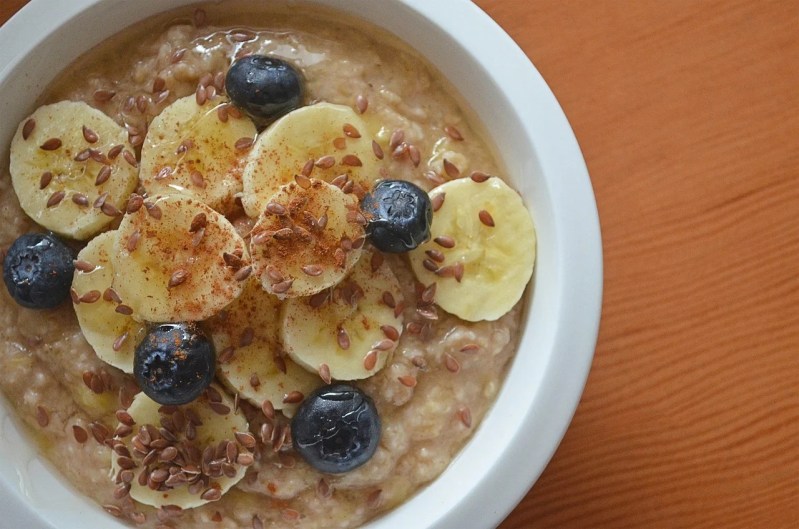
Any time you engage in a longer cardio workout, whether it be something like biking, running, or swimming, properly fueling your body can make all the difference in your performance. You have likely heard that fasted cardio is a great way to lose weight. While this may be true, it’s unlikely you’ll be able to put in as much effort and burn as many calories on an empty stomach as otherwise.
Try eating an hour before you start biking. Consume a moderate-sized meal that contains a larger amount of healthy complex carbs and a moderate amount of lean protein. An example would be protein oatmeal or chicken and sweet potatoes.
Frequently asked questions
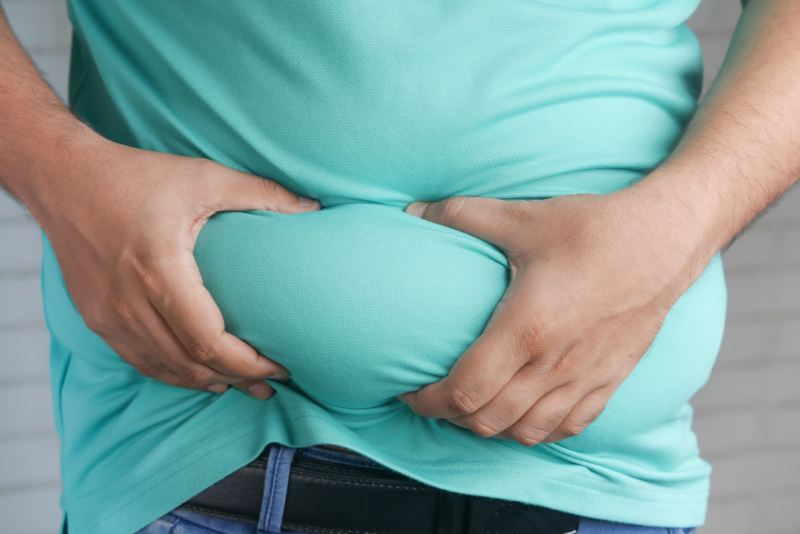
Can you lose belly fat by riding a stationary bike?
Yes, riding a stationary bike can help you lose belly fat by creating a calorie deficit. It’s a great option for a cardio workout, as it burns calories and improves overall fat loss. Unfortunately, you aren’t able to target belly fat with any form of exercise. The University of Sydney shares that “our muscles can’t directly access and burn specific fat stores when we exercise.”
Will I lose weight if I ride my bike for 30 minutes a day?
Yes, riding your bike for 30 minutes a day can help you lose weight by burning extra calories and putting you in a calorie deficit. The amount of weight loss you experience will depend on your intensity, diet, and consistency. Pairing cycling with strength training and a balanced diet will improve your results over time.
